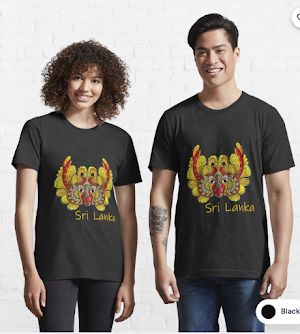Traditional Dances of Sri Lanka
Classical Dances
There are three main styles of Sri Lankan classical dance:
- The Kandyan dances of the Hill Country, known as Uda Rata Natum
- The low country dances of the southern plains, known as Pahatha Rata Natum
- Sabaragamuwa dances, or Sabaragamuwa Natum.
The three classical dance forms differ in their styles of body-movements and gestures, in the costumes worn by the performers, and in the shape and size of the drums used to provide rhythmic sound patterns to accompany the dancing.
The drum used in Kandyan dancing is known as the Geta Bera, the drum in Ruhunu (low country) dancing as the "Yak Bera", and drum in Sabaragamu dancing as the "Davula" (the word Bera or Bereya in Sinhale means "Drum") The Geta Bera is beaten with the hands as is also Yak Bera, while the Davula is played with a stick on one side and with one hand on the other side; the Geta Bera has a body which tapers on both sides while the Yak Bera and the Davula both have cylindrical bodies.
The main distinguishing feature between Kandyan and Sabaragamu dancing, and Ruhunu dancing, is that Ruhunu dancers wear masks.













0 comments:
Post a Comment